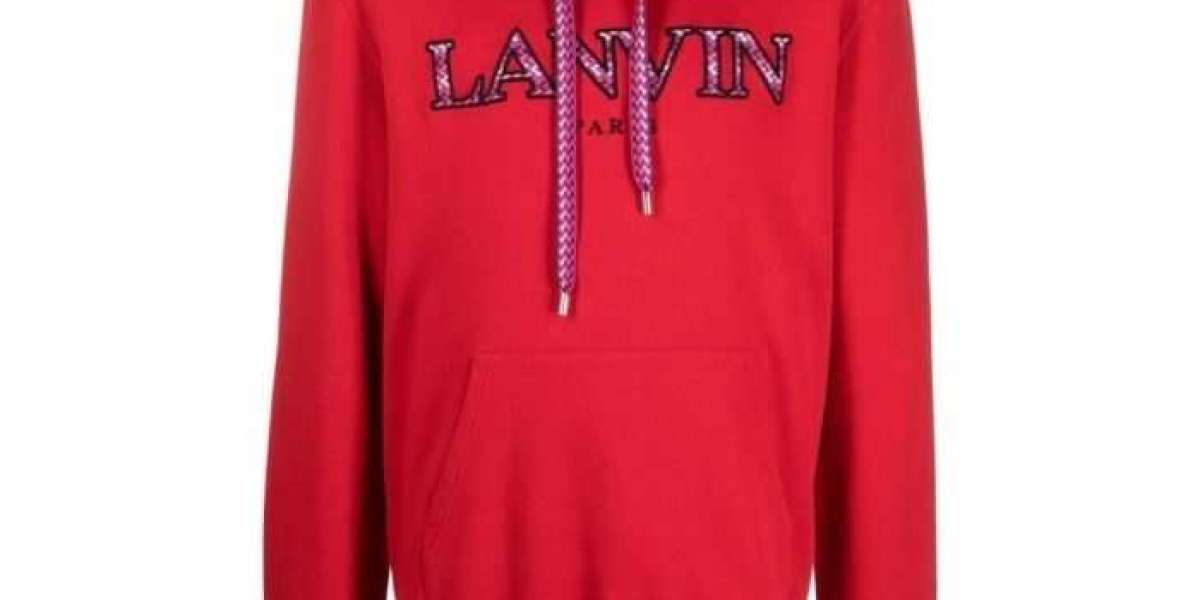Lanvin, the oldest French fashion house still in operation, represents a rich legacy of elegance, innovation, and timeless luxury. Founded in 1889 by Jeanne Lanvin, the brand has evolved from its origins in haute couture to become a modern symbol of sophisticated luxury. Over more than a century, Lanvin has consistently stayed at the forefront of fashion, adapting to changing trends while maintaining its commitment to quality and craftsmanship.
This article explores the remarkable history of Lanvin, tracing its journey from its early days as a couture house to its current status as a global luxury brand.
The Beginnings: Jeanne Lanvin’s Vision
Jeanne Lanvin’s career began in Paris in the late 19th century, where she worked as a milliner before opening her own shop in 1889 on the Rue du Faubourg Saint-Honoré. Her exceptional talent for design quickly drew attention, and she began creating clothing for her daughter, Marguerite. These designs garnered admiration from Parisian mothers, leading to the establishment of Lanvin’s children’s wear line. This marked the official beginning of the Lanvin fashion house.
Jeanne Lanvin’s designs were characterized by their attention to detail, luxurious fabrics, and elegant silhouettes. Her work caught the eye of the Parisian elite, and in 1909, she was admitted into the Syndicat de la Couture, solidifying her status as a couturière. This recognition allowed her to expand her offerings to include women’s couture, menswear, and home décor, establishing Lanvin as a comprehensive luxury brand.
The 1920s and 1930s: A Golden Era
The 1920s and 1930s are often considered the golden era of Lanvin. During this period, Jeanne Lanvin’s creativity flourished, and the brand became known for its intricate designs and luxurious materials. One of the most iconic creations from this time was the "robe de style," a dress that featured a fitted bodice and full skirt, offering an alternative to the more androgynous styles popular at the time. This design became synonymous with the Lanvin brand and showcased Jeanne’s ability to blend traditional femininity with modern elegance.
Lanvin success during this period was not limited to fashion alone. In 1927, Jeanne Lanvin launched her first fragrance, Arpège, which was inspired by her daughter Marguerite’s piano playing. Arpège quickly became a classic, and it remains one of the most enduring fragrances in the world. Jeanne’s vision extended beyond clothing and fragrance; she also collaborated with artists and designers to create fabrics, furniture, and home décor, making Lanvin a lifestyle brand that represented luxury in all forms.
Post-War Challenges and Adaptation
The post-war era brought significant changes to the fashion industry, and Lanvin, like many other couture houses, faced the challenge of adapting to a rapidly evolving market. Jeanne Lanvin passed away in 1946, leaving the brand to her daughter Marguerite, who sought to continue her mother’s legacy while navigating the challenges of the new fashion landscape.
During the 1950s and 1960s, Lanvin maintained its reputation for elegance and sophistication. However, the rise of ready-to-wear fashion began to shift consumer preferences, leading the brand to explore new avenues. In response to these changes, Lanvin introduced ready-to-wear collections that allowed it to reach a broader audience while maintaining its commitment to quality and craftsmanship.
The introduction of ready-to-wear was a pivotal moment for Lanvin, enabling the brand to remain relevant in an industry that was increasingly moving away from couture. This period also saw the expansion of Lanvin’s offerings to include menswear, accessories, and home décor, further solidifying its status as a comprehensive luxury brand.
The Modern Era: Revival and Reinvention
Lanvin’s modern revival began in the early 2000s, a period marked by renewed interest in the brand and significant changes in leadership. One of the most influential figures in Lanvin’s recent history was Alber Elbaz, who was appointed creative director in 2001. Elbaz, who had previously worked at Guy Laroche and Yves Saint Laurent, brought a fresh perspective to Lanvin, blending the brand’s heritage with contemporary influences.
Under Elbaz’s direction, Lanvin experienced a renaissance. His designs were characterized by their mix of romanticism and modernity, with an emphasis on draping, embellishments, and luxurious fabrics. Elbaz’s ability to create pieces that were both timeless and contemporary resonated with fashion lovers around the world, and his tenure at Lanvin was marked by a series of critically acclaimed collections.
Elbaz also expanded Lanvin’s offerings to include a successful line of accessories, including handbags, shoes, and jewelry. His tenure brought a new energy to the brand, making it a favorite among celebrities, fashion editors, and style enthusiasts. Lanvin became known for its luxurious yet accessible designs, embodying the perfect blend of elegance and modernity.
However, Elbaz’s departure from Lanvin in 2015 marked the end of an era for the brand. His exit was followed by a period of uncertainty, with several creative directors taking the helm in quick succession. Despite these challenges, Lanvin continued to innovate, exploring new creative directions while staying true to its legacy.
Lanvin Today: A New Chapter
In 2019, Lanvin appointed Bruno Sialelli as creative director, marking the beginning of a new chapter for the brand. Sialelli, who previously worked at Loewe and Balenciaga, brought a youthful and eclectic approach to Lanvin, blending the brand’s classic elegance with contemporary trends. His collections have been well-received, particularly for their fresh take on Lanvin’s heritage, with a focus on bold colors, innovative silhouettes, and playful patterns.
Under Sialelli’s direction, Lanvin has embraced digital innovation, expanding its online presence and engaging with a new generation of consumers. The brand has also made sustainability a key focus, with initiatives aimed at reducing its environmental impact and promoting ethical practices in the fashion industry.
Lanvin’s current collections reflect a balance between tradition and modernity, offering pieces that are both timeless and relevant to today’s fashion landscape. Whether through its ready-to-wear collections, accessories, or fragrances, Lanvin continues to embody the essence of luxury, with a commitment to quality, craftsmanship, and innovation.
The Enduring Legacy of Lanvin
Lanvin sneakers enduring legacy lies in its ability to adapt to changing trends while staying true to its core values of elegance, craftsmanship, and creativity. From its origins as a couture house in the late 19th century to its status as a modern luxury brand, Lanvin has consistently remained at the forefront of fashion.
The brand’s history is a testament to its resilience and ability to innovate while maintaining its commitment to quality. Whether through the romantic designs of Jeanne Lanvin, the modern elegance of Alber Elbaz, or the youthful energy of Bruno Sialelli, Lanvin has continued to evolve, offering timeless luxury to fashion lovers around the world.
As Lanvin moves forward, it remains a symbol of Parisian chic, embodying the perfect blend of tradition and innovation. The brand’s ability to balance its rich heritage with contemporary influences ensures that it will continue to be a leading name in luxury fashion for years to come.








